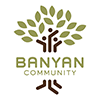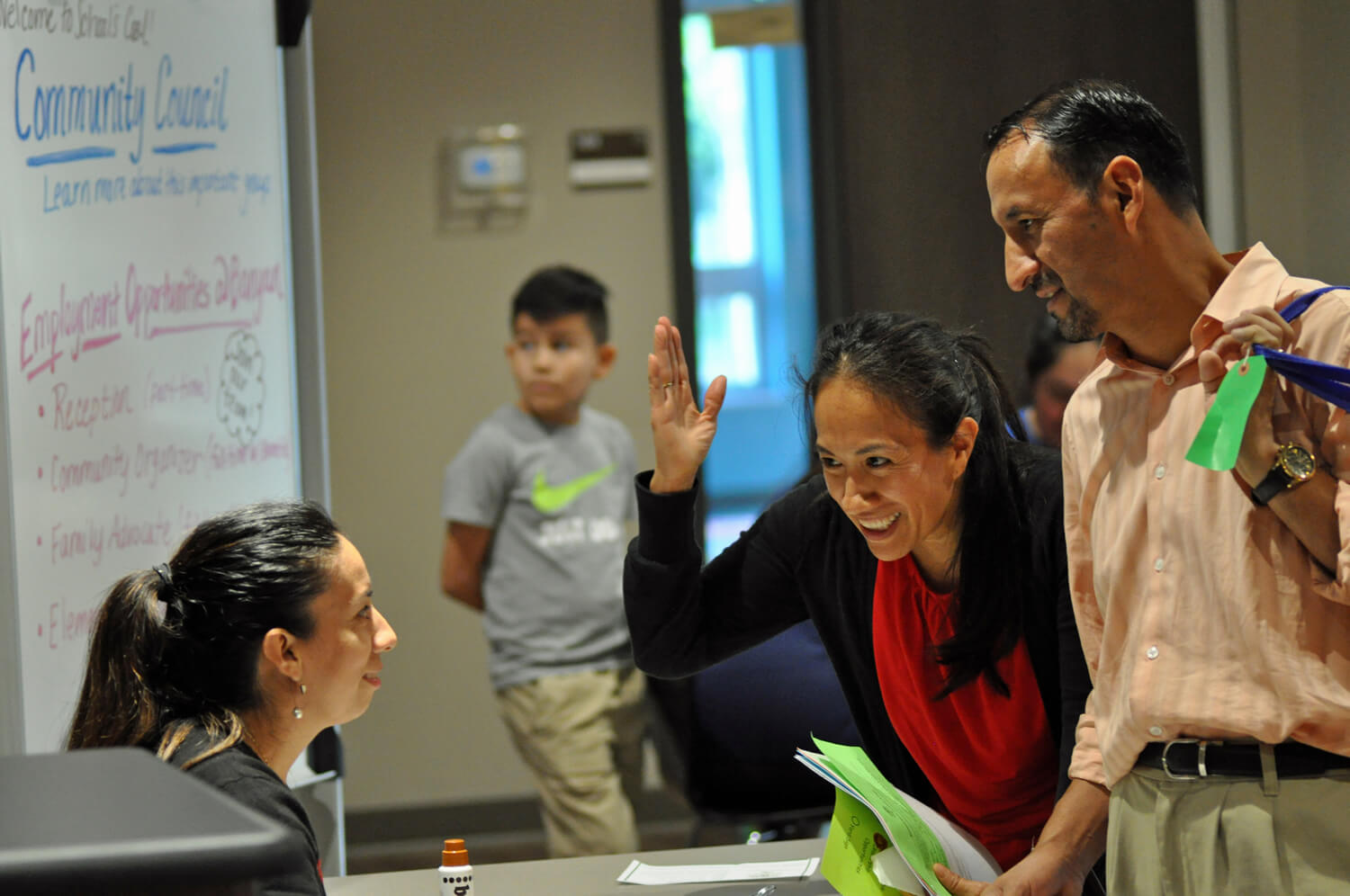Tim Essenburg, Banyan Scholar in Residence
“Closing the Achievement Gap” is part and parcel of the written and verbal aspirations of the concerned citizens of the Twin Cities’ upper-middle and upper socioeconomic classes. And this is good, so far as it goes.
The K – college educational gap between whites (considered to set the benchmark) and black, Hispanic, and Native American Indians is stark. The gap is less stark for Americans of Asian descent (that’s another story…). This gap does not bode well for people of color as they pursue economic self-determination. Furthermore, this persistent gap compromises the ability of the Twin Cities to continue with its thriving social, economic, cultural, and political stability.
Importantly, the Achievement Gap is but a symptom of a larger “problem,” which I call the Opportunity Gap. What is important in our society is having access to the social processes that allow individuals and families to accrue high quality assets in five important categories: financial, physical, human, political, and social. The Opportunity Gap is a gap in access to those assets. It exists because we stratify ourselves racially and economically, by choice and by law, and individuals with power fail to be sufficiently entrepreneurial with that power.
What is missing in the objective that “everyone has access to housing, education, and employment” is the reality that access states nothing about the quality of housing, education, and employment. When the housing, education, and employment accessible to lower-income families (at or below 200 percent of the poverty threshold; equal to $48,700 for a family of four) is physically separated from that of higher-income families (unless there are schools within schools) and is reflective of the parents’ education and skill levels, then society will struggle to uphold the common good for everyone.
Nationally, a family’s income is in the top 20 percent of all families when their income is approximately $140,000. That family has good choices. However, our society is organized in such way that it is impossible for a family earning $48,700 (200 percent of the poverty threshold) to purchase housing which affords quality education.
What is needed is 1) high-quality K-12 education, 2) stable, affordable, appropriate, and aesthetically appealing housing, and 3) sufficient employment opportunities that generate, in conjunction with federal and state EITC benefits, the requisite income and healthcare benefits. What is needed are the opportunities which the vast majority of lower-income families would gladly use to their advantage, just as do upper middle class families. When the opportunities are there, the achievement gap will narrow and narrow substantially.

